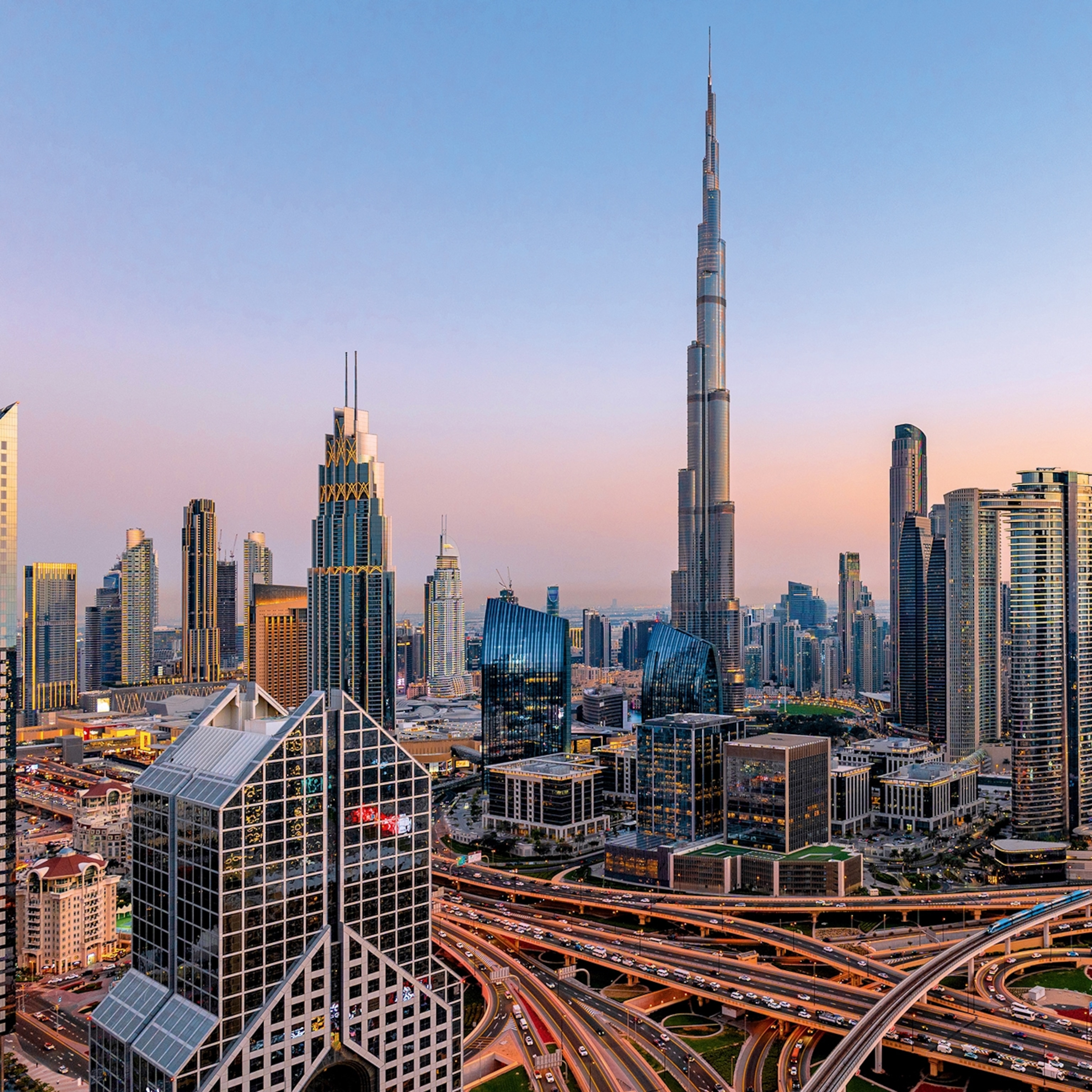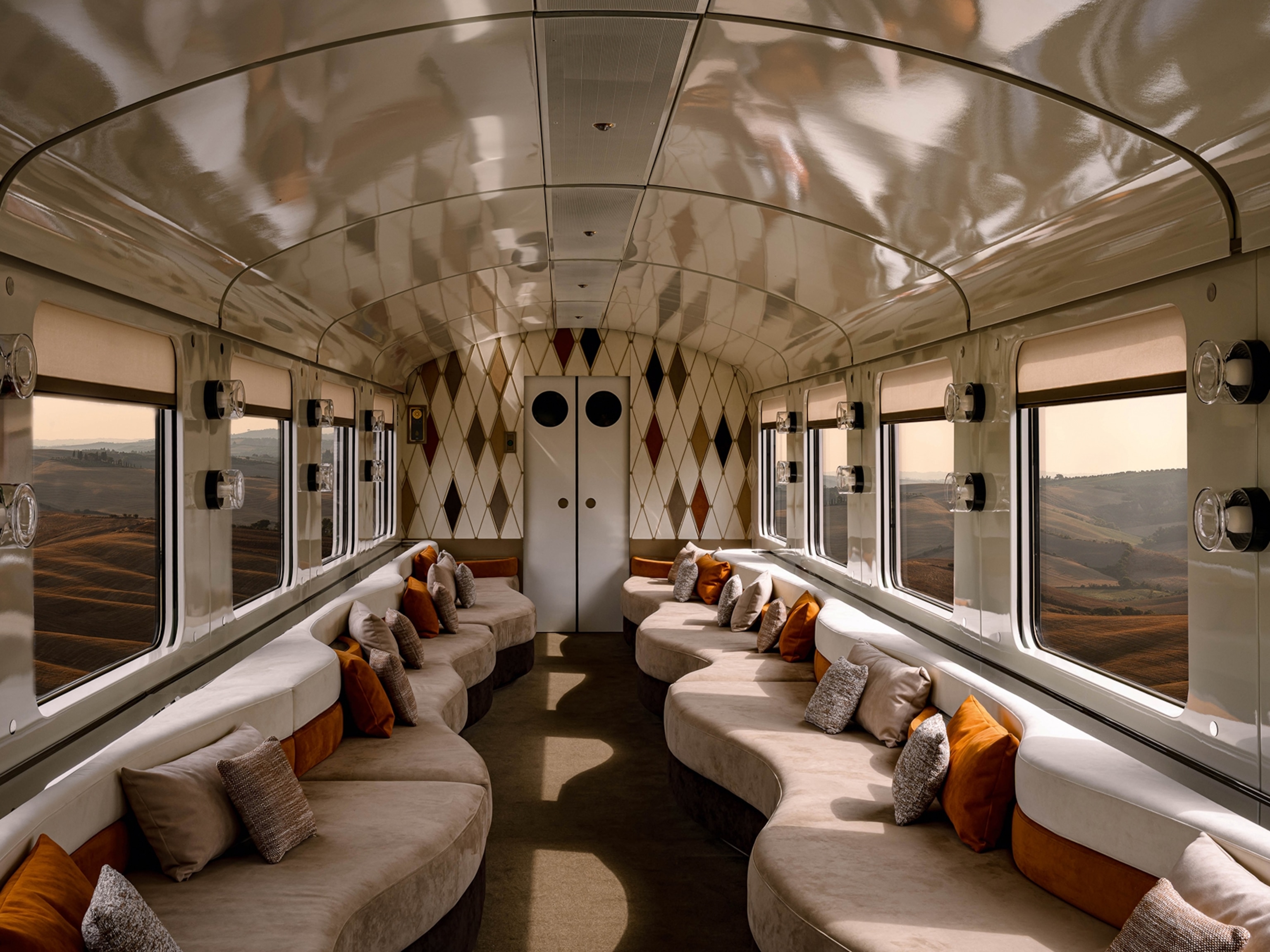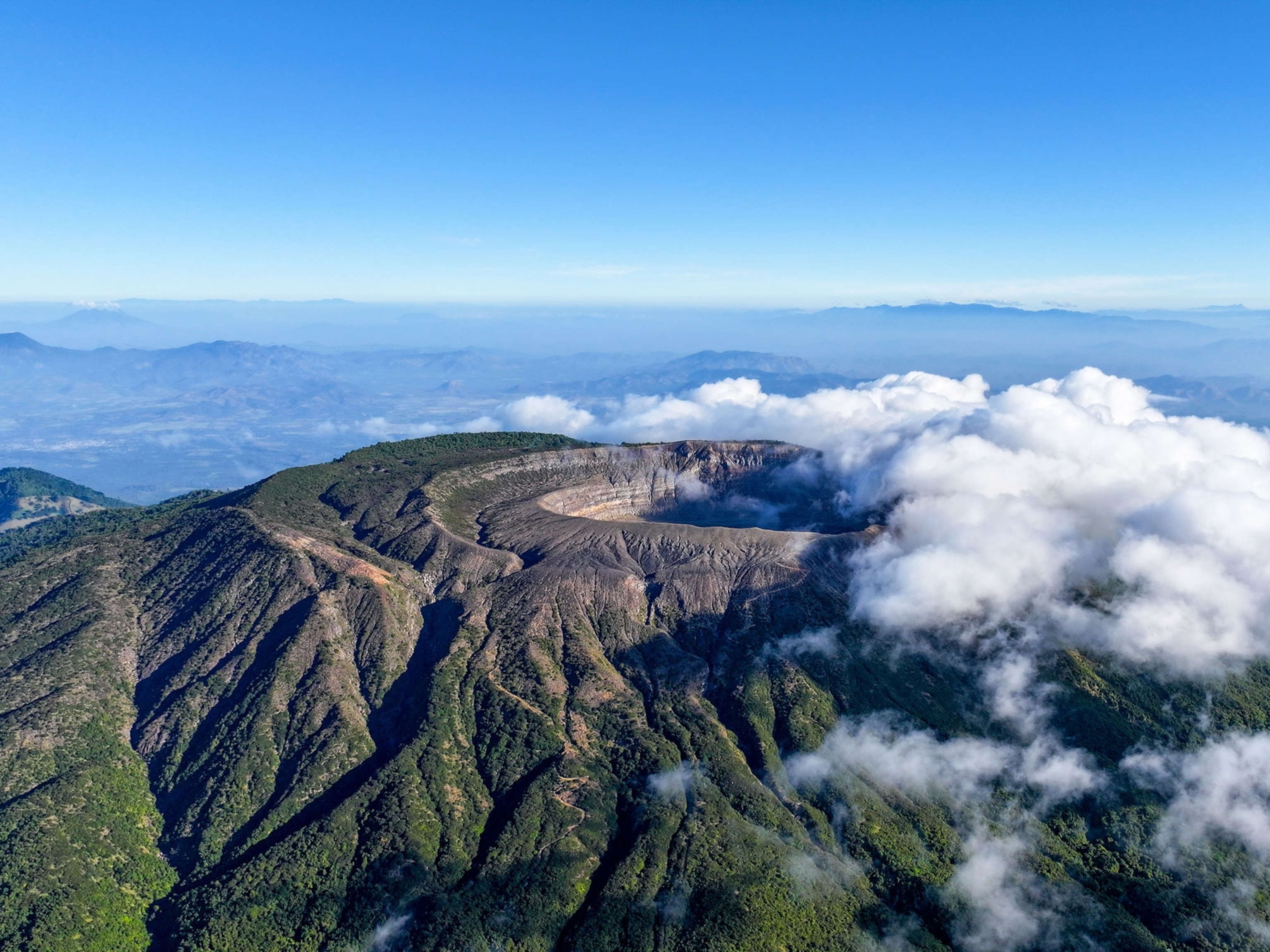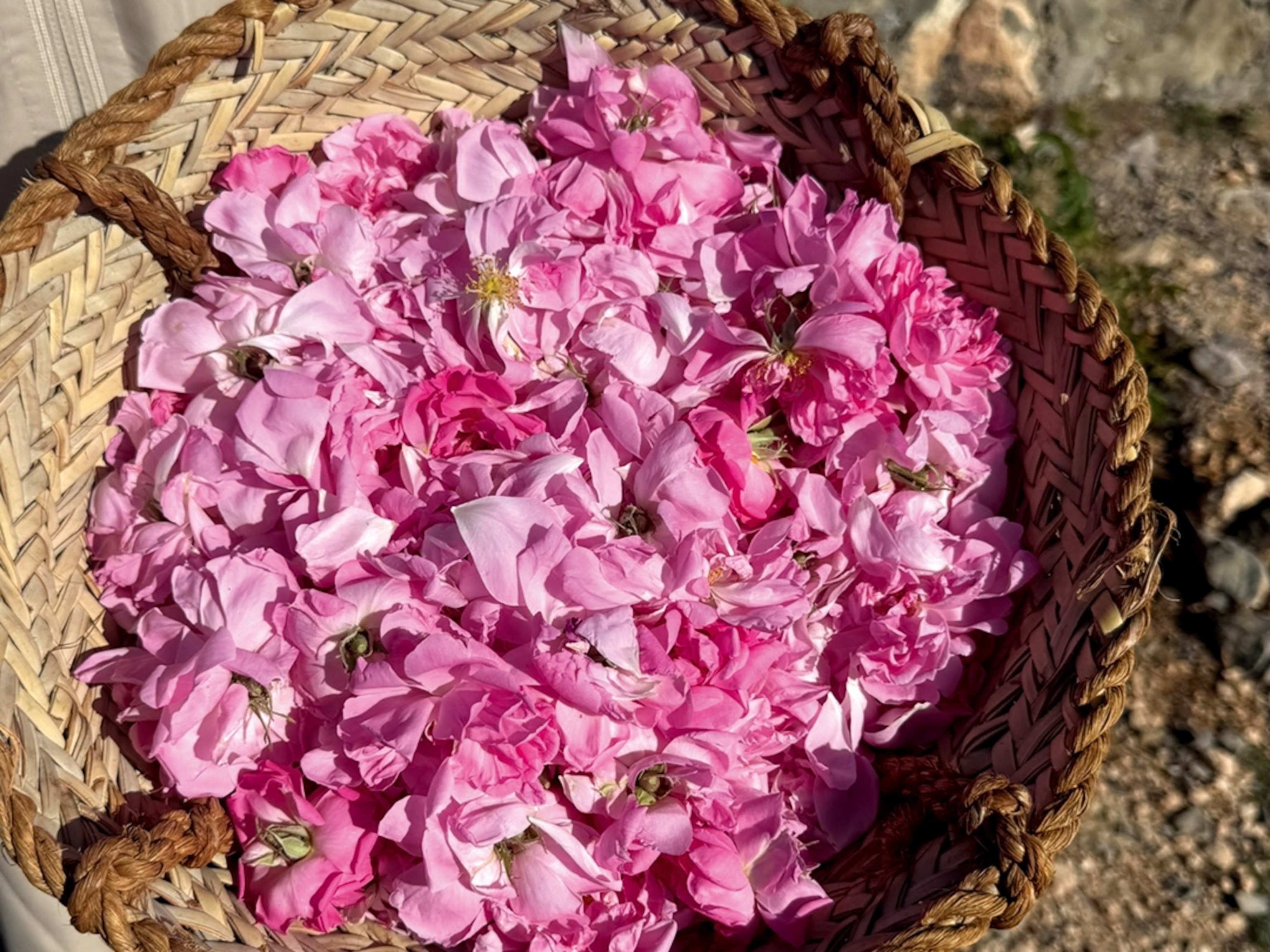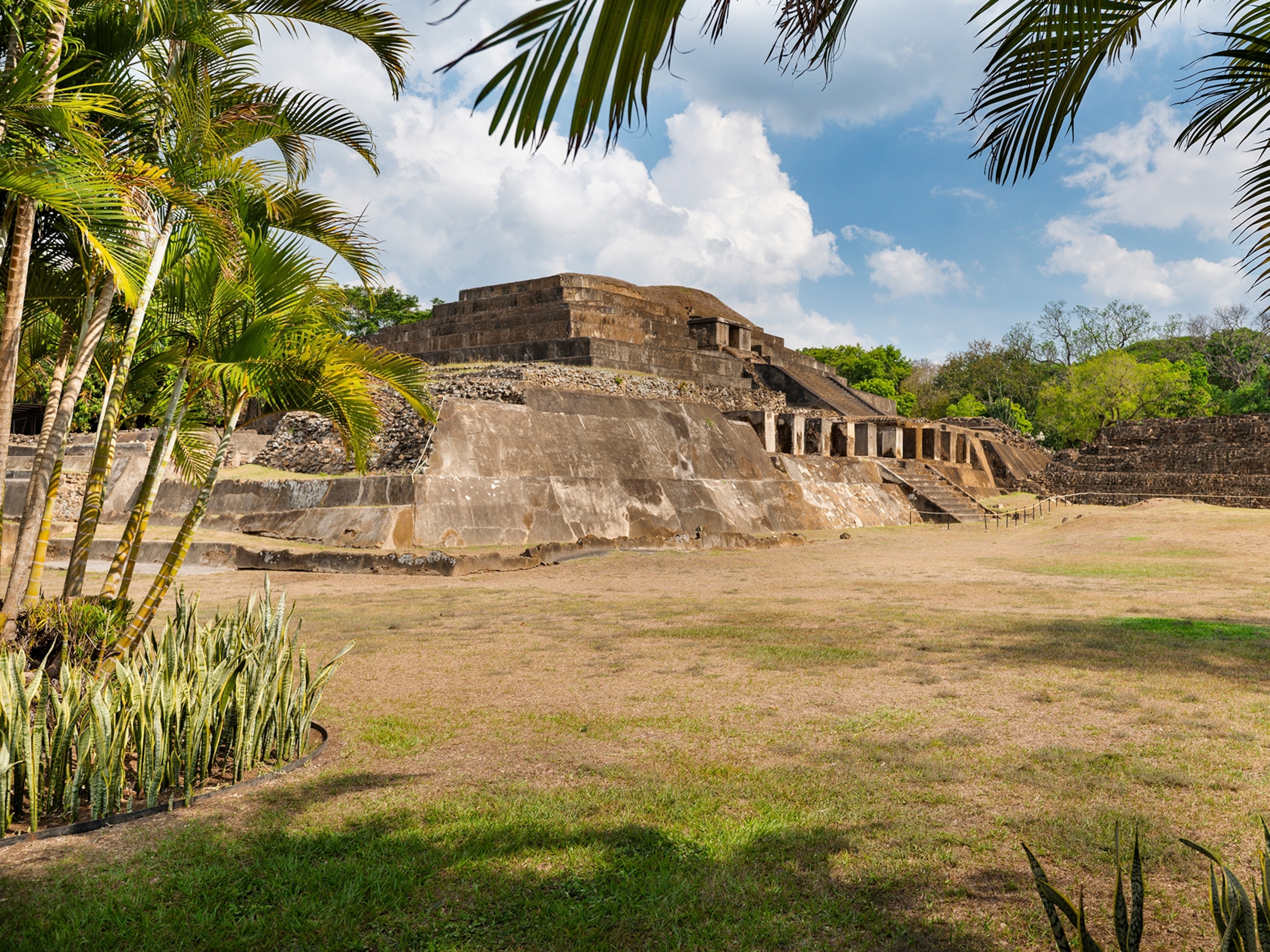6 of the best ways to discover Sicily this summer
From hiking active volcanoes to watching opera in an ancient theatre, here’s how to experience Italy's largest island at its best.

It seems like everyone’s dreaming of Sicily at the moment — and who can blame them? After HBO’s recent hit series, The White Lotus, thrust the island into the spotlight, audiences around the globe have taken a renewed interest in its charming towns and painterly coastlines. However, the Mediterranean’s largest island was luring visitors long before Hollywood arrived, with a centuries-long status as something of a cultural melting pot.
This is a place of ancient Greek temples, Roman mosaics, Norman churches and resplendent baroque palaces, as well as distinct culinary traditions with a strong Arabic influence. And there’s a reason why so many cultures have settled here. With mild winters and sizzling summers, Sicily is southern Europe in microcosm: it’s packed with wonderful cities, coastlines and countryside, while magisterial Mount Etna, the tallest active volcano in Europe, towers above it all. Here are six of the best ways to experience the island this summer.
1. Hike an active volcano
With its snow-capped tip giving way to a lunar landscape of peaks, craters and lava fields, Etna is one of Europe’s most spectacular natural sites, accessible to the public via 145,000 acres of protected parkland. For those wanting to explore its highest reaches, it’s a good idea to book a local guide. Go Etna offers transfers via 4x4 to a starting point at 6,266ft above sea level, where you’ll be whisked across the lava fields in a cable car, before hiking to the volcano’s peak at roughly 11,000ft. Here, an otherworldly, yellow-black landscape awaits, as well as spectacular views across Sicily’s east coast — though visitors should note that weather and volcanic activity can make the volcano inaccessible.
End the day with a glass of Etna’s finest. The area’s volcanic slopes are becoming increasingly famous for vineyards that produce fruity, mineral-rich wines, with opportunities to learn more about their long winemaking history through tours and tastings.
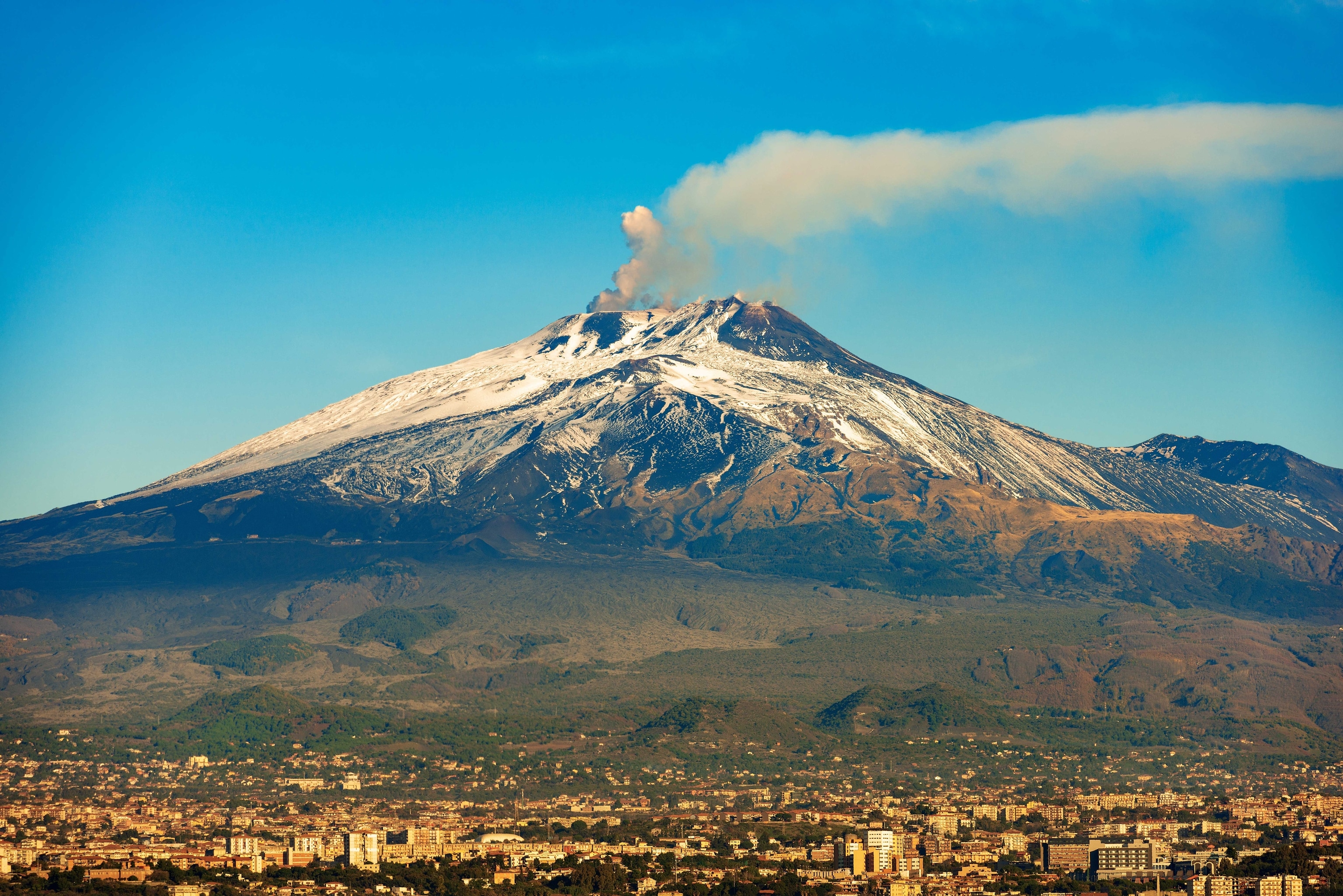
2. Discover the Aeolian islands
Situated in the Tyrrhenian Sea off the northeast coast of Sicily, the Aeolian islands are Sicily’s best-loved archipelago. Thousands of years ago, each island was a fearsome volcano; today, they are peaceful holiday spots, with charming beaches and breathtaking clifftop footpaths, served by a network of fast hydrofoil boats that make island-hopping easy.
Pretty Salina, where the critically acclaimed Il Postino was partly filmed in the 1990s, is known for its sweet Malvasia wine, while remote Alicudi has no cars or roads, only donkeys to help transport goods. On Stromboli, where a volcano remains active, you can lounge on black-sand beaches by day and usually see fiery eruptions every 20 minutes or so once the sun sets. Magmatrek organise hikes to the safe limit of 1,300ft to see them up close. As the name suggests, the island of Vulcano is home to the Aeolians' other active volcano. Hike to the summit (when allowed — signs will tell you), then reward yourself with a volcanic wine-tasting at Soffio sulle Isole vineyard.

3. Learn the mythical origins of the Cyclops Riviera
Sicily is a land of rich mythology — Homer is thought to have set part of The Odyssey around the Strait of Messina. Nudging south, the coastline above Catania also played its part — supposedly the site at which wily hero Odysseus took on the cyclops Polyphemus (a giant one-eyed man-eater). The jagged lava stacks known locally as faraglioni sitting off the coast are supposedly the rocks Polyphemus threw at Odysseus’s boat. But it’s not only the area’s history that is legendary — its beauty is also widely renowned.
The river Aci (named after the mythical Acis, who was killed by Polyphemus) lends its name to the gorgeous fishing towns along the coast. Don’t miss Aci Trezza, whose crystalline waters are great for snorkelling, or Acireale, famous for its striking baroque architecture and its iced fruit granita (best enjoyed like the locals do, with a brioche to dip into it).
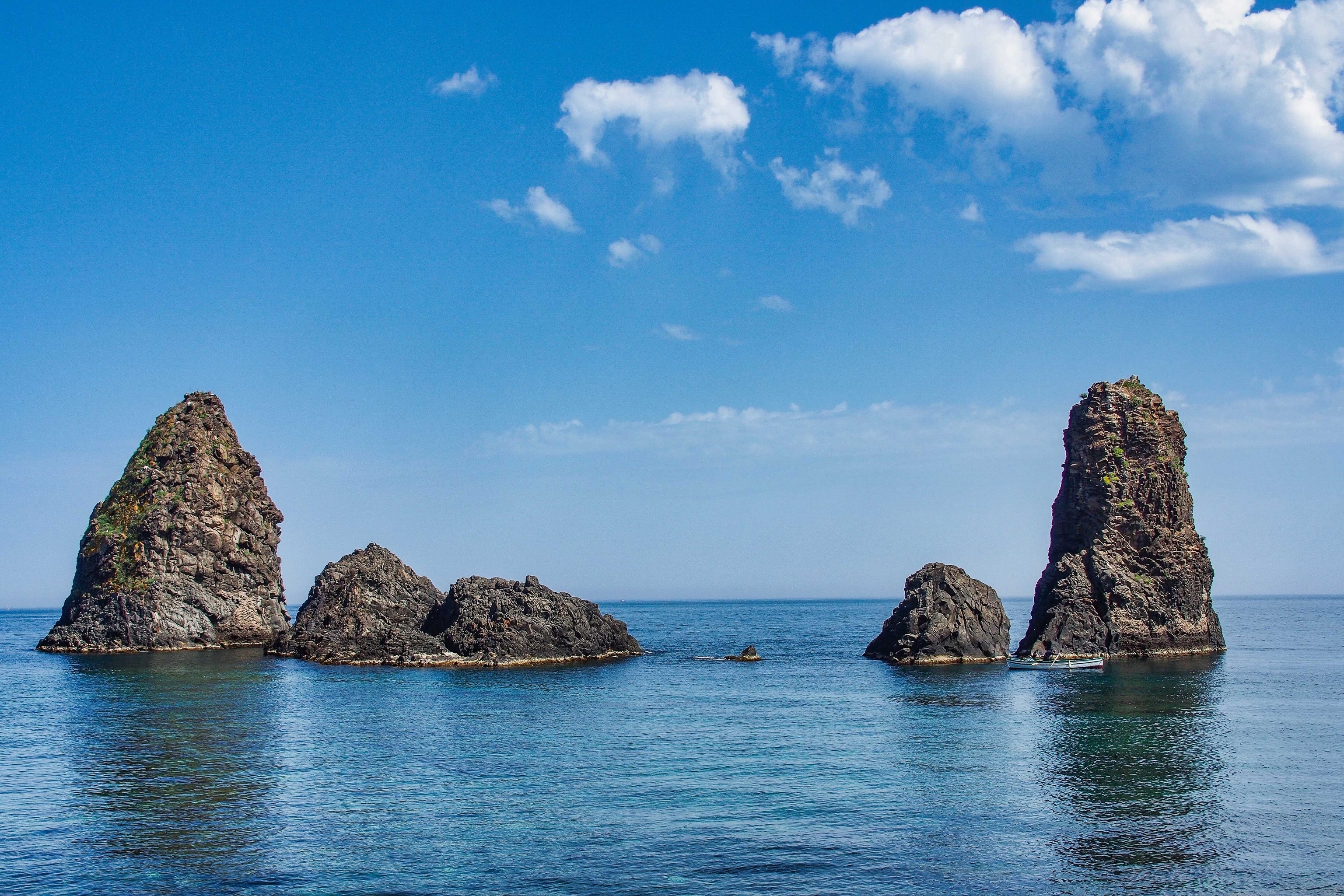
4. Go birdwatching in the Vendicari Nature Reserve or Nebrodi Park
Sicily is a haven for wildlife and an essential stop for migratory birds flying between Europe and Africa. At the island’s southeastern tip is the Riserva di Vendicari — an eight-mile stretch of coastal nature reserve where birds such as flamingos, curlews and storks take a break amid pebbly beaches, wetlands and tiny coves. Observe them while taking advantage of the snorkelling, hiking and sunbathing opportunities on offer. The mountainous spine which runs behind Sicily’s north coast is also home to a natural park, the Parco dei Nebrodi. Keep your eyes peeled and you could be rewarded with sightings of rare griffon vultures, as well as golden eagles and bushy-eared eagle-owls.
5. Immerse yourself in history at the Valley of Temples, Agrigento
The ancient Greeks scattered temples across Sicily, but Agrigento is the island’s most spectacular architectural site, with seven temples and a number of religious sanctuaries awaiting exploration in a valley of almond and olive trees. This was a holy border around the ancient city of Akragas — the temples sit in a semicircle around the ruins of the city. Also on site are the ancient agora, a necropolis, fortifications and the bouleuterion, or assembly house, while the fragrant macchia mediterranea — shrubland of shady carob trees, myrtle, laurel and mastic bushes, and delicate, yellow-flowered tree spurge — carpets the site.

6. Enjoy a performance with a view at the Greek theatre, Taormina
History and culture combine to spectacular effect in Taormina, where you can take your seats for a performance as the locals have done for over 2,000 years. The hilltop town’s iconic Greek theatre was constructed in the third century BCE — sculpted from the rocky cliff face overlooking the sparkling blue Ionian Sea, with Etna taking centre stage in the background. You can book onto regular tours, but the best way to experience it is by taking in a performance. The season generally runs from June to late September, with 2023 highlights including a semi-residency from Andrea Bocelli and a production of Puccini’s Tosca.
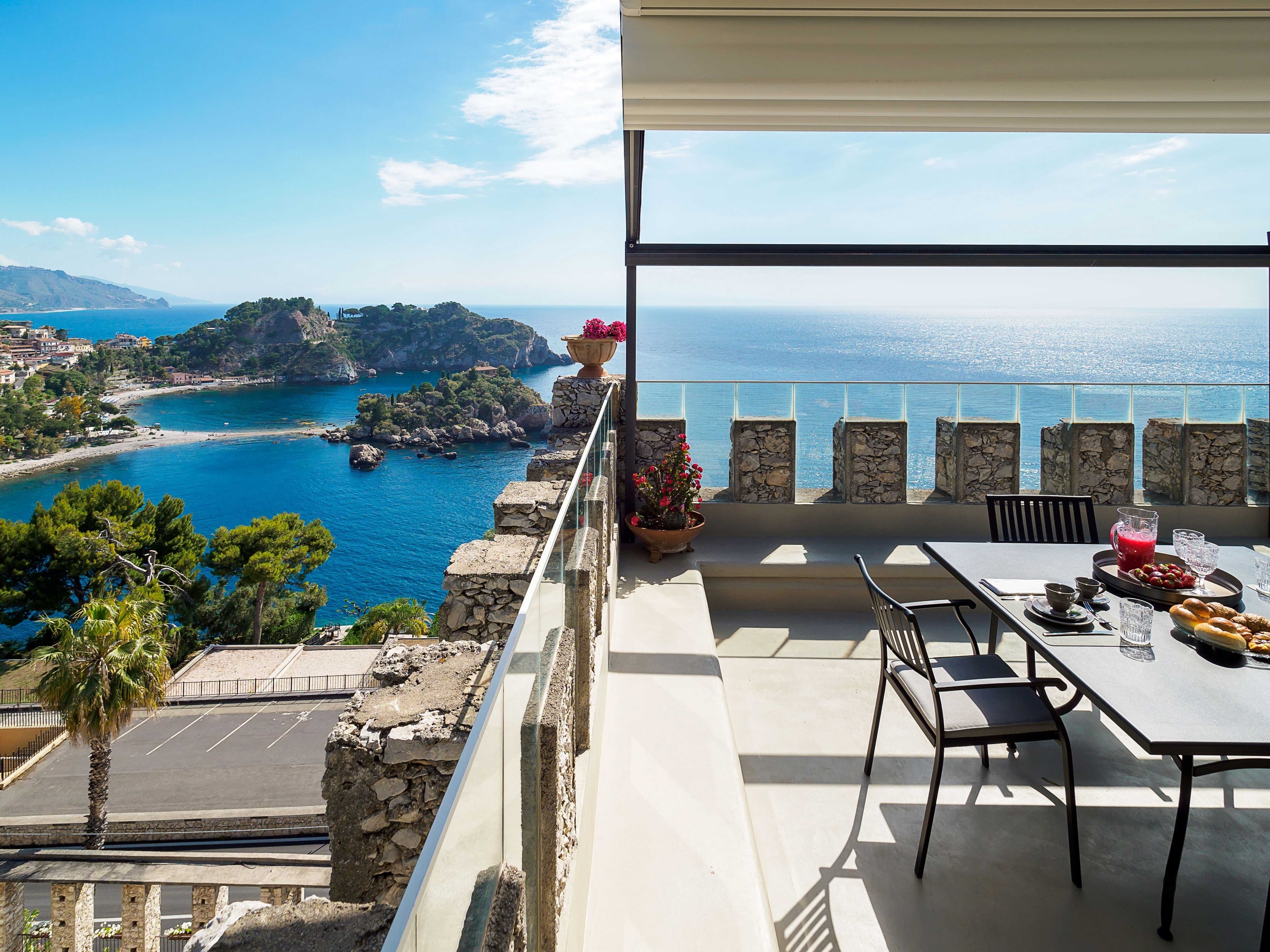
Fly from UK airports including Gatwick and Edinburgh to Catania, on Sicily's east coast, or to Palermo, on the west coast. Hiring a car is the easiest way to explore the island, but there's a reliable train network too, with the cross-country Palermo-Catania route a particularly picturesque journey. Find a base with DiCasaInSicilia, who offer a curated collection of over 130 exclusive luxury villas across the island. Options are available close to all the experiences above, with 24/7 on-site assistance provided and additional services including in-house chefs, childcare options and private transfers. For more information, go to dicasainsicilia.com
